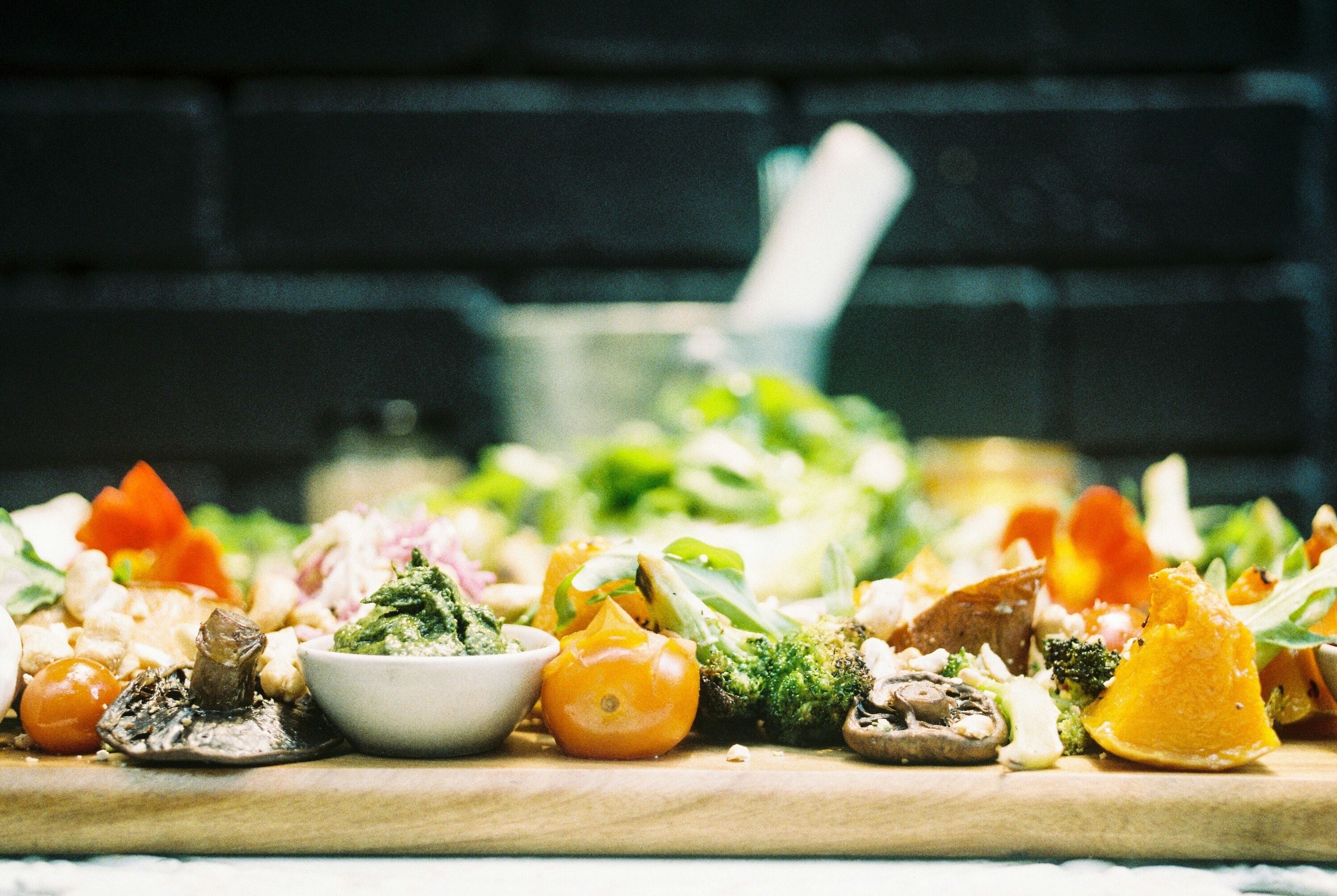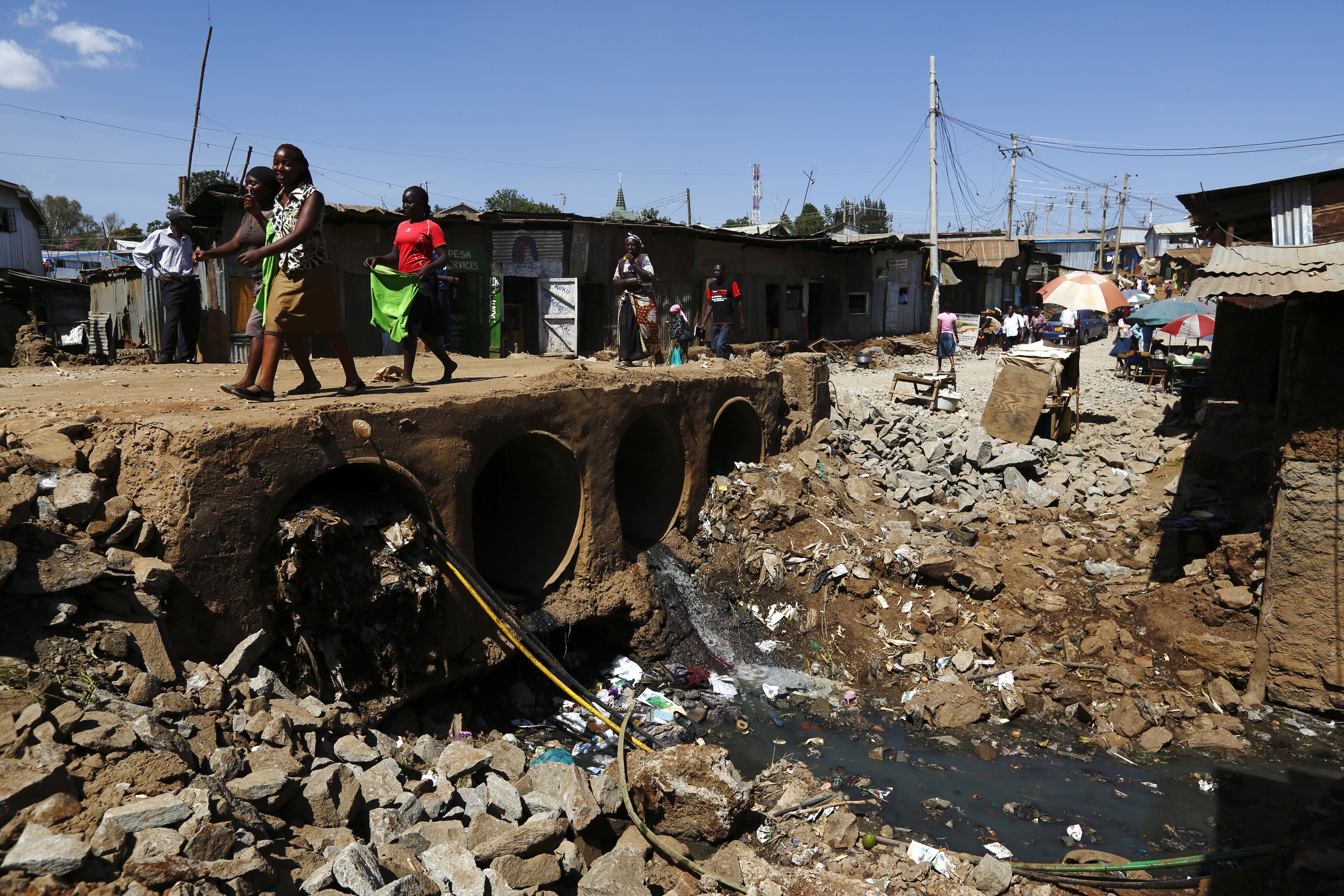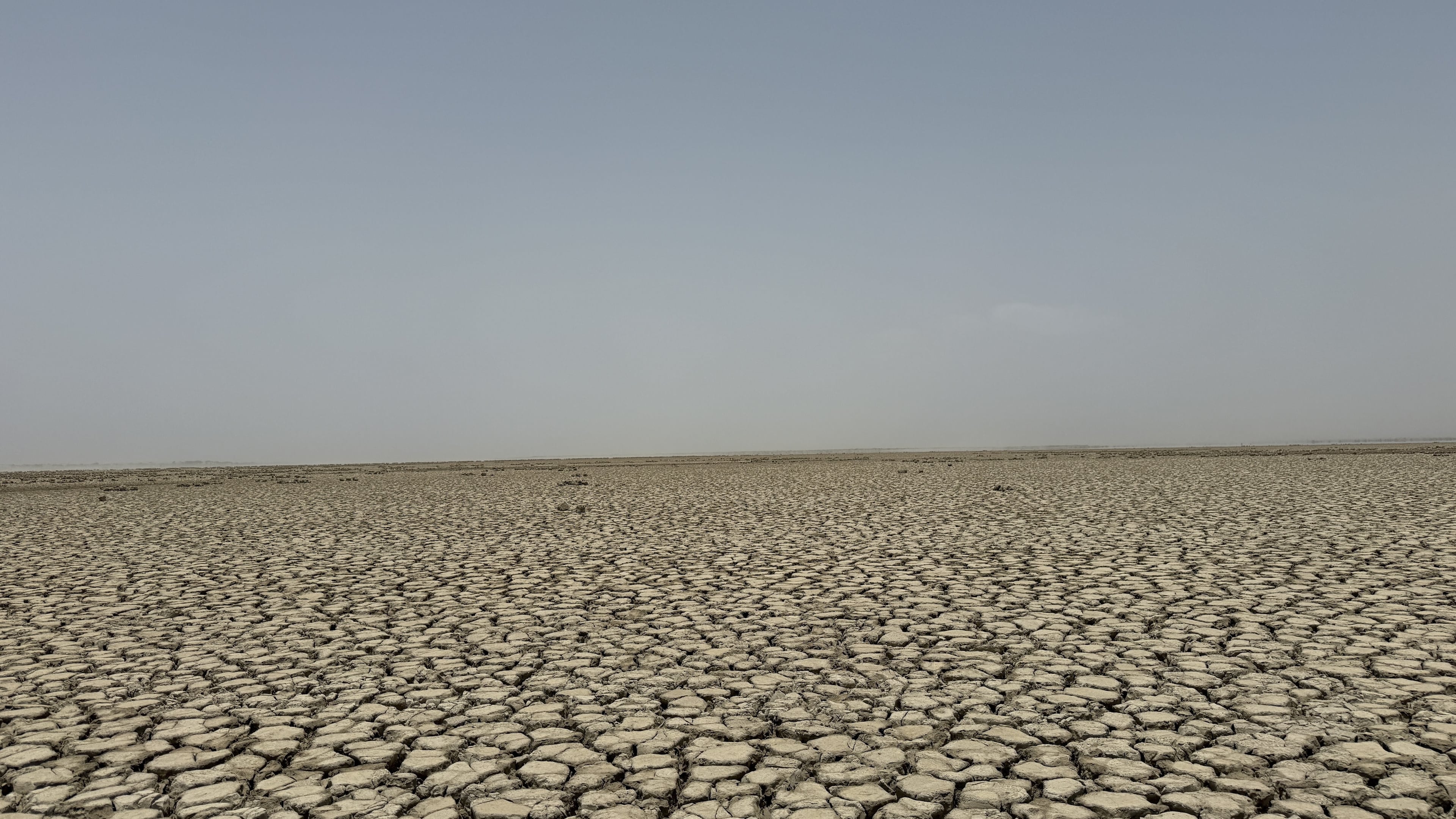12 foods that might soon be extinct

Bananas, chocolate, coffee and peanuts are some of the food that could go extinct.
Image: REUTERS/Darrin Zammit Lupi
Stay up to date:
Food Security
Savor your avocado toast while you can, because Instagram's most beloved food pairing is about to go the way of the dodo— and it's not alone.
Global warming poses a huge threat to our planet and our crops, as it's changing the specific conditions our agriculture needs to thrive. Extreme weather events have already ravaged different regions of the world — from the wildfires in North America to the coral bleaching in the Great Barrier Reef.
Here are 12 foods that could go extinct because of climate change's effect on our planet.
Avocados
Avocado mania is alive and booming in the United States. Not only are we voracious importersof avocados — 80% of our annual supply comes from Mexico — but of our domestically-grown avocados, 10% are from California.
The catch is that, as Adam Sternbergh reported in New York magazine, avocados require nine gallons of water per ounce to grow. That's 72 gallons of water per fruit. California's water supply cannot compete with our nation's demand for guacamole.
Unfortunately, the bad news doesn't end there. America's incessant demand for avocados — combined with the rising prices to export them — has even fueled the rapid deforestation of central Mexico’s pine forests.
Chocolate
As the National Oceanic and Atmospheric Administration states, cacao is only able to grow and prosper if a stringent set of requirements is met. Not only can cacao only grow within around 20° north and south of the equator, but if the humidity isn't high enough, or if the soil isn't rich enough, the cacao will wither and die.
Because so many cacao plantations are in regions where the average temperatures have become more volatile (and therefore less suitable for ideal cacao growth), a study by the International Center for Tropical Agriculture (CIAT) posits that farmers will begin to experience an immense decrease in cocoa production by 2030.
Soybeans
An international team of scientists led by the Potsdam Institute for Climate Impact Research developed a computer simulation that helped them determine how different important crops responded to rising temperatures — and their findings were grim.
According to researchers, if the world doesn't experience significant reductions in emissions, soybean crops could drop by 40% by 2100.
People worldwide rely on soybeans for their protein, and a world without soybeans means a world without tofu, edamame, miso, and tempeh — but that's not all. Soybeans account for 90% of the United States' oilseed production and are a great source for biofuels, rendering them among the most economically important beans in the world.
Wheat, maize, and rice crops
Along with soybeans, a study published in Nature Climate Change in 2016 estimates that production of wheat, maize, and rice — collectively the most vital crops for humans around the world — are in danger. Croplands that were once suitable are projected to shift, and possibly become obsolete, due to oscillating temperatures and unpredictable weather.
Per the Food and Agricultural Organization of the United Nations, wheat, maize, and rice crops account for 51% of the world's calorie intake, and world demand for the crops is projected to increase 33% by 2050.
Wine grapes
Of the 1,100 planted varieties of wine grapes that exist, approximately 12 of them — that's 1% — make up the majority of our favorite wines. According to a recent study by Nature Climate Change, oenophiles should probably begin weaning themselves off the good stuff now — there's a potential drop in wine production of around 85% over the next 50 years, as regions known for fine wine like Napa and Sonoma counties become too hot to produce premium wines.
A glimmer of hope does exist: Nature Climate Change theorizes that if wine growers begin to exploit the diversity of those other 1,088 wine grape varieties in earnest, the industry could survive. It's all about adaptation.
Strawberries
Florida and California grow more than 95% of the United States' strawberry supply. According to the International Society for Horticultural Science, the unstable climatic conditions through the crop season are resulting in abbreviated crop cycle durations.
Hotter-than-normal weather has delayed the flowering and subsequent production of strawberries in Florida in the past, and the trend could signify a more permanent decrease in strawberry production, as well as an increase in price.
Stone fruits
Back in 2016, the northeast (from roughly central New Jersey up through New York, Connecticut, Massachusetts, New Hampshire, Rhode Island, and Vermont) experienced an abnormally warm month in the midst of winter followed by two cold snaps. The abnormal warm spell tricked a variety of stone-fruit trees into flowering prematurely, but when the two subsequent freezes occurred, most of the crops were destroyed.
Peaches, nectarines, apricots, plums, and cherries were among the stone fruits decimated by the see-sawing temperatures, and farmers predict that the likelihood of similar crop damage in the future is high.
Maple syrup
Tuck into fluffy pancakes topped with maple syrup while you can, because the sugar maple tree responsible for syrup is "stressed to the point of decline."
Maple syrup production is intrinsically linked with the weather; sap is only able to flow when temperatures rise above freezing during the day, and then plummet below it once night falls. The shift in temperature is essential — the pressure forces the sap out of the tree. But climate change has rendered the once-dependable weather conditions unpredictable.
"Climate change definitely will, and already has, had an effect on the maple syrup industry," Timothy Perkins, Ph.D., director of the Proctor Maple Research Center, told Maple Source.
Coffee
Caffeine is the world's most popular psychoactive drug, and many of us choose to imbibe it via a cup of coffee in the morning. But a 2017 study published in Proceedings of the National Academy of Sciences demonstrates that climate change threatens both areas where coffee crops grow, and a key species that's responsible for about 20 to 25% of coffee bean production — bees.
The ecological community formed between coffee crops and pollinators, such as bees, is both a delicate and integral one. When bees pollinate coffee crops, they not only widen the yield of the crops, but they also increase the quality of the beans.
Unfortunately, rising temperatures and unpredictable weather could repel bees with lower heat tolerances from pollinating coffee plants. Additionally, 88% of Latin America's coffee-suitable areas could reduce by 2050.
Chickpeas
The LA Times have come up with a handy — albeit bleak — graphic that estimates how much water it takes to produce different foods, based on US data from the Water Footprint Network.
According to them, it takes approximately 608.6 gallons of water to produce a mere eight ounces of chickpeas — no wonder droughts around the world have already reduced the production of chickpeas by 40 to 50%.
Bananas
All around the world, the rising emissions of greenhouse gases and erratic weather and temperature patterns are affecting where, when, and even if, agriculture is produced.
Bananas rely on moderate weather to ripen, and then consistent water to thrive. Farmers are already being forced to invest in expensive irrigation systems to ensure their bananas ripen, and watch out for frigid spells that could halt significant banana production.
The most popular banana stateside — called the Cavendish banana — is also falling prey to a disease called "Tropical Race 4," which is wiping out banana plantations across the globe.
Peanuts
Peanuts are finicky crops — according to a report from CBC, they require a stable and particular environment to grow. Too little rain, and they'll fail to germinate; too much rain, and they'll grow moldy and potentially contract a disease. To cap it off, they don't respond well to too much heat, either — their shoots will become scorched and they'll fail to grow at all.
Much of America's peanut production comes from the southern states, which are susceptible to droughts and heat waves that have destroyed entire peanut crops. Thus, many believe that peanuts could become extinct sooner rather than later.
Don't miss any update on this topic
Create a free account and access your personalized content collection with our latest publications and analyses.
License and Republishing
World Economic Forum articles may be republished in accordance with the Creative Commons Attribution-NonCommercial-NoDerivatives 4.0 International Public License, and in accordance with our Terms of Use.
The views expressed in this article are those of the author alone and not the World Economic Forum.
Related topics:
Forum Stories newsletter
Bringing you weekly curated insights and analysis on the global issues that matter.
More on Food and WaterSee all
Jean-Philippe Salcedo
August 29, 2025
Luna Atamian Hahn-Petersen and Silje Hansen Eeg
August 26, 2025
Ridwan Sorunke and Alyse Schrecongost
August 25, 2025
Tom Crowfoot
August 14, 2025
Sikander Bizenjo and Eric Shahzar
August 14, 2025





